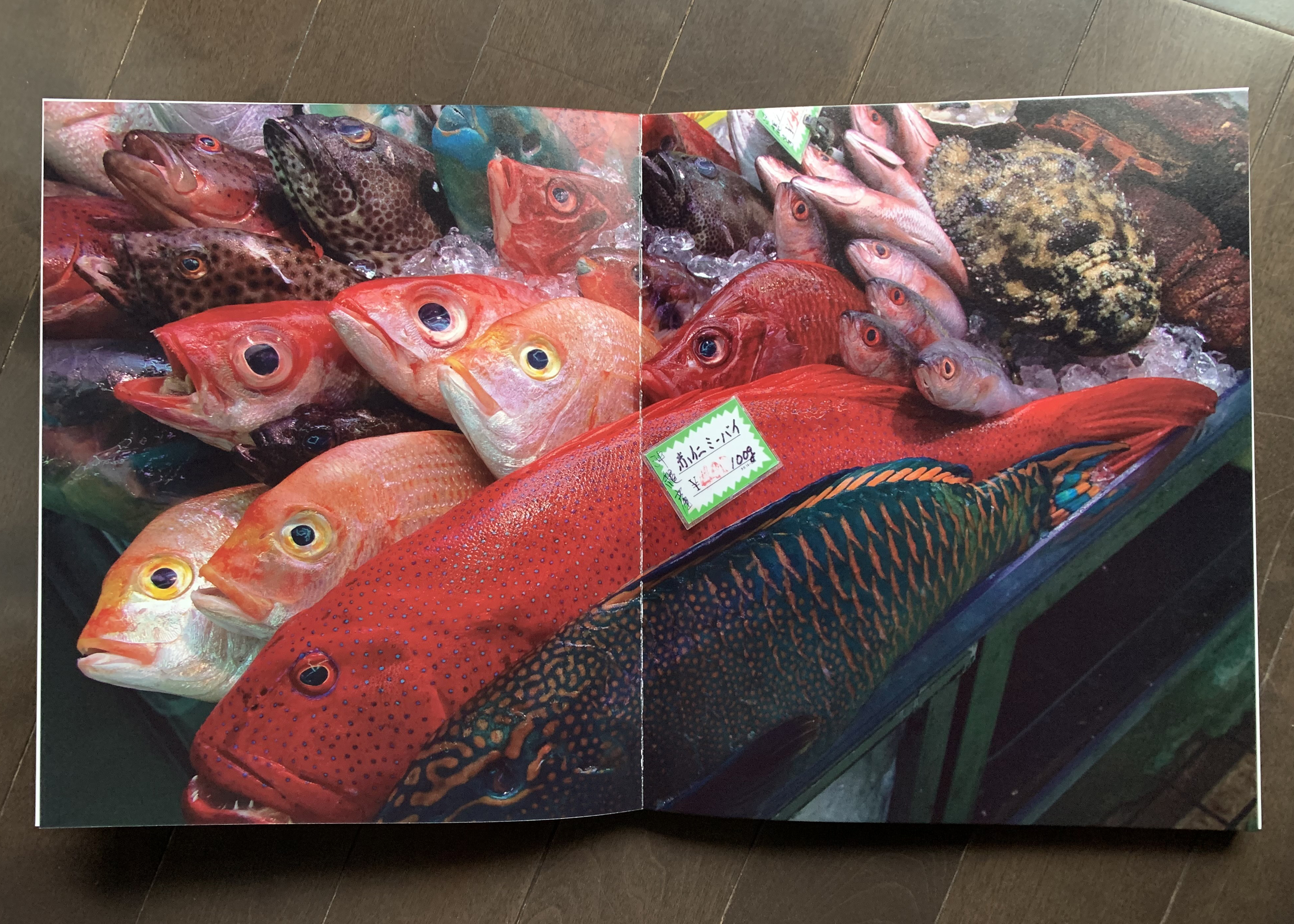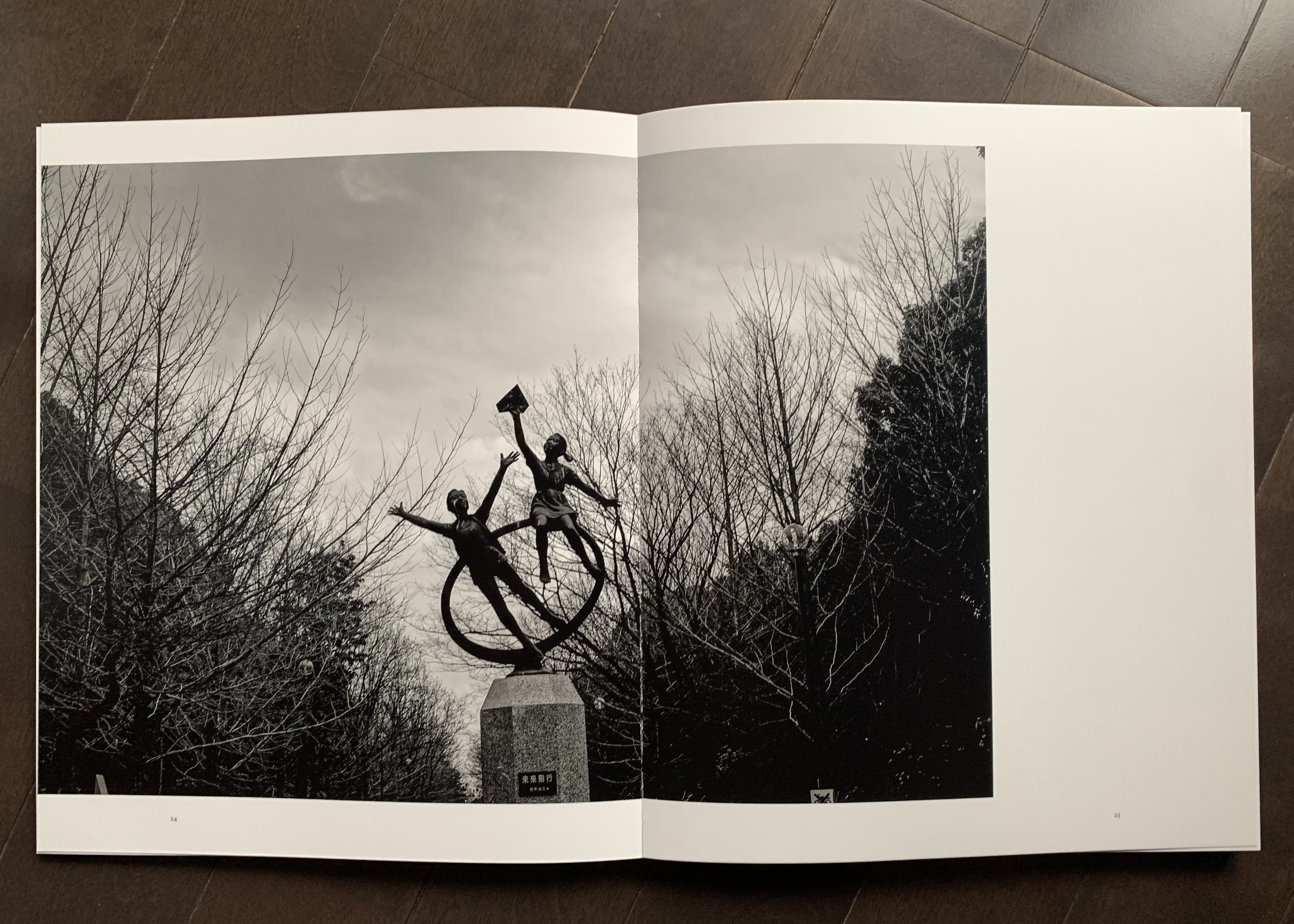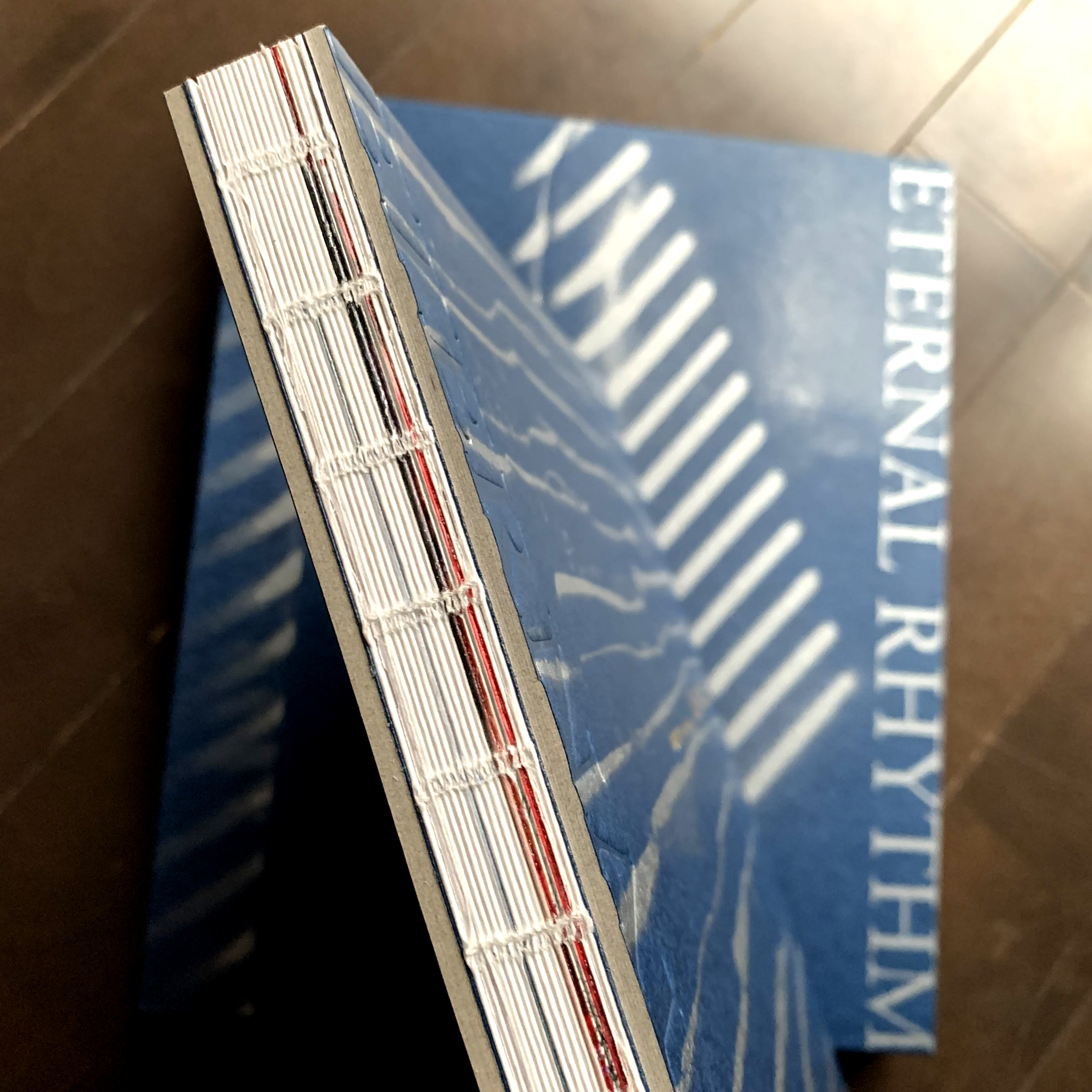コラム
落合憲弘
John Sypal
タカザワケンジ
なぎら健壱

The Eternal Rhythm, the latest photobook from PCT presents a selection of images taken over fifty years by Kazunori Konuno, a photographer and former editor of Nippon Camera magazine.
Kouno joined the Nippon Camera magazine staff in 1969 and thirty years later became editor in chief, a position he held until his retirement in 2004. One can only imagine how many photographs he saw over the years- figuring that an average issue of Nippon Camera magazine was roughly 300 pages thick and that he worked there for 35 years… that’s some 126,000 pages total. Over those 35 years he would have been involved with 420 monthly contests- and seen a countless number of submissions. It’s difficult to imagine that many other people have had such a firsthand experience with popular Japanese amateur photography and its eternal themes as he.
Like their covers, the monthly photo contests of Japanese camera magazines for the most part fell into a similar, thematic seasonal pattern. One can pick up an issue from 1972 or 2013 and, camera advancements aside, in the monthly contest section find plenty of near-identical images of events which marked (illustrated) the seasons: cherry blossoms, sunflowers, autumn leaves, and picturesque snowfall- or the scope and sequence of life: newborns, shrine visits, school events, marriages, and funerals. This isn’t an accusation of a lack of originality on the part of amateur photographers as it is an acknowledgement that marking change is perhaps the fundamental desire that people have for making a photograph.
Despite being surrounded by photography, Kouno shares in the book’s afterword that early in his editorial career he was too busy to take his own pictures. It wasn’t until he received encouragement from legendary photographer Shoji Ueda- then a judge for the magazine’s monthly contests- that he picked up a camera and began what has become a 50-year journey of discovery.
Within the first few pages of The Eternal Rhythm, Kouno’s attunement to the cadence of the mysterious, churning engine of Life becomes apparent. Rather than attempting to explain or judge, his photographs focus on the countless tiny details which, once frozen by the camera and strung along the pages, become something between celebration and meditation.

First and foremost, the world which Kouno discovered consists of examples of the vivacity of Life- here plants sprout and leaves open. Once flowers bloom, petals coat the surface of water while fish glide below- sunlight light nurtures everything- with stems and branches ever-reaching upwards and outwards- a world of arching flora and fallen leaves while birds and humans appear above and below. Human society is suggested by structures but borders and culture are rendered inconsequential. The phenomena of Life is the grand subject, not the troubles or triumphs of mankind. In a sense, Kouno steps back, but with his lens, looks close. In addition to happenings, he has an interest in reverberations of patterns between the natural and urban worlds. He shows us how worn stones create a form which contrasts with smooth concrete embankments along a river and he suggests that the distance between the natural and human world is actually less than we might realize. Actually, they might be one and the same. The span of a bridge or apex of a tiled roof might not be any different than the slender edge of a snake’s spine. All have been created, all have a purpose, and, one day all will fall apart and disappear as the seemingly infinite cycle begins again.
As you look through the pages, it’s remarkable how accessible Kouno’s pictures are. These are images which nearly anyone from any culture on earth could find interesting- not simply as beautiful photographic compositions but for the phenomenon seen within them. For different reasons his pictures of our world- so crisply, vividly, and clearly seen- will interest biologists, theologians, poets, and children.
- What is photography really for? Whether they are documentarian, artistic, or about nature, the greatest appeal of photographs is that they stimulate our senses and allow us to make discoveries when we both make and view them. With a curious mind, there is so much to learn. If you don’t take a photograph, you are left with nothing.
The discoveries- the somethings- which Kouno, with his curiosity and camera, has gathered over his career are worthy of appreciation and encouragement to notice and hopefully catch glimpses of this great rhythm for ourselves.

今回のRecommended Photobookは『日本カメラ』の元編集者である河野和典さんが50年にわたり撮影したフォトブック『永遠のリズム』です。
河野さんは1969年に日本カメラに入社し、30年後に編集長に就任、2004年に退社。『日本カメラ』誌の平均的なページ数を300ページ、35年間在籍したとすると、約12万6千ページにも及ぶ写真を見てきたことになるのではないでしょうか。その35年間で420回の月例フォトコンテストに携わり、数え切れないほどの応募作品を見てきたことにもなります。日本のアマチュア写真界の永遠のテーマである「写真」を、これほどまで経験したことがある方は、他にいらっしゃらないのではないでしょうか。
日本のカメラ雑誌の月例フォトコンテストは、表紙と同様、季節をテーマにしたものがよくありました。例えば、1972年の一冊と2013年一冊を比べて、カメラの機能の進歩は別として、コンテストのコーナーには、ほぼ同じような写真がたくさん掲載されているのです。
桜、ひまわり、紅葉、雪景色といった季節を彩る行事や、新生児、お宮参り、学校行事、結婚、葬儀などなど、人生の節目となる出来事がよくあります。これはアマチュア写真家のオリジナリティの欠如を非難しているのではなく、変化を記録することが、人が写真を撮ることの根源的な欲求であることを認めているのです。写真の本音はここにある気がします。

カメラ雑誌で写真に囲まれた環境にありながら、編集者として忙しすぎて自分では写真を撮らなかったと、本書のあとがきで語っている河野氏。しかし、毎月のコンテストの審査員だった伝説の写真家、植田正治氏に励まされてカメラを手にし、50年に及ぶ発見の旅が始まったそうです。
『永遠のリズム』で河野氏は生命の神秘的な回転エンジンのリズムに同調していることが明らかになります。彼の写真は、説明や判断を試みるのではなく、無限の小さなディテールに焦点を当て、いったんカメラに収められ、ページに沿って並べられると、祝祭と瞑想の間のようなものとなっていると感じます。

河野氏が発見した世界は、生命の躍動感を示すものでした。花が咲けば、花びらは水面を覆い、魚は水面を滑る。太陽の光はすべてを育み、茎や枝は上へ上へと伸び、落ち葉が舞い、鳥や人間が上や下に現れる。人間の社会は構造によって示唆されています、国境や文化は無意味なものとなっています。 人間の悩みや勝利ではなく、生命の現象が壮大な主題になっているのです。
ある意味で、河野氏は一歩引いて、しかしレンズを手に近くを見ています。ハプニングだけではなく、自然界と都市の間にあるパターンの余韻。河川沿いの滑らかなコンクリート堤防と、対照的な摩耗した石が作り出すフォルム。自然界と人間界の距離は私たちが思っているよりも実は小さいことを示唆しているようです。実は、この2つは同じものなのかもしれません。橋のスパンや瓦屋根の頂点は、蛇の背骨の細さと変わらないかもしれない。そして、いつの日かすべてが崩れ去り、また無限のサイクルが始まる…。

ページをめくると、河野氏の写真がいかに身近なものであるかに気づかされます。これらの写真は、地球上のあらゆる文化圏のほぼすべての人が、単に美しい写真としてではなく、その中に見られる現象に対して興味を抱くことができるのではないでしょうか。生物学者、神学者、詩人、そして子どもたちにも、さまざまな理由で、この世界を鮮明に、生き生きと、はっきりと映し出す彼の写真に興味を持ってもらえることでしょう。
- つまり、写真の最大の魅力は、ドキュメンタリーであろうとアートであろうと、ネイチャーであろうと、どんな写真でも撮るときも撮影された写真を見るときも感性が刺激されて発見が得られるということである。好奇心をそそる魅力的な光景からは沢山の情報を学べるということであり、写真を撮らなければ何もはじまらないということであった。
好奇心旺盛な河野氏がカメラで拾い集めた写真は、この素晴らしいリズムに気づき、その片鱗を自分自身で掴みたいと願うのです。

- Kazunori Kouno "Eeternal rhythm"
- Published by PCT, 2021
- 河野和典『永遠のリズム ETERNAL RHYTHM』
- 128ページ・ 273×227mm ・ハードカバー・函入り・写真点数98点
- 6,000円(税別)
- 出版=PCT
- 河野和典 写真集|SHOP
- 〈お問い合わせ先〉
- 合同会社PCT
- TEL:03-5962-3262
- info@photoandculture-tokyo.com


PCT Membersは、Photo & Culture, Tokyoのウェブ会員制度です。
ご登録いただくと、最新の記事更新情報・ニュースをメールマガジンでお届け、また会員限定の読者プレゼントなども実施します。
今後はさらにサービスの拡充をはかり、より魅力的でお得な内容をご提供していく予定です。
 「Photo & Culture, Tokyo」最新の更新情報や、ニュースなどをお届けメールマガジンのお届け
「Photo & Culture, Tokyo」最新の更新情報や、ニュースなどをお届けメールマガジンのお届け 書籍、写真グッズなど会員限定の読者プレゼントを実施会員限定プレゼント
書籍、写真グッズなど会員限定の読者プレゼントを実施会員限定プレゼント